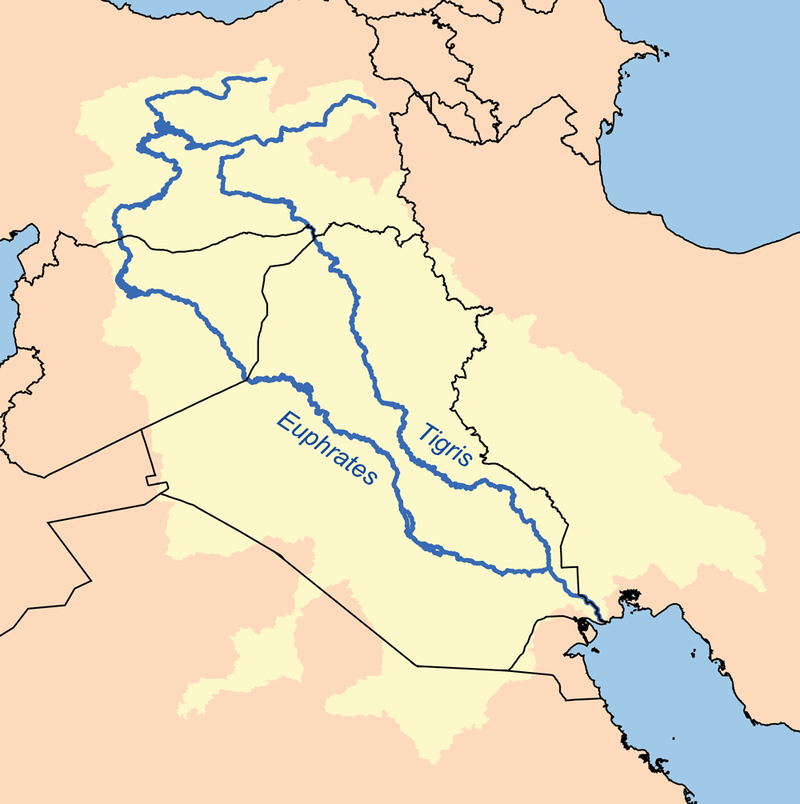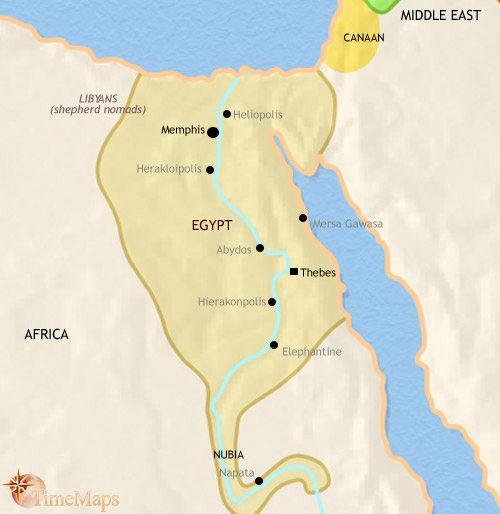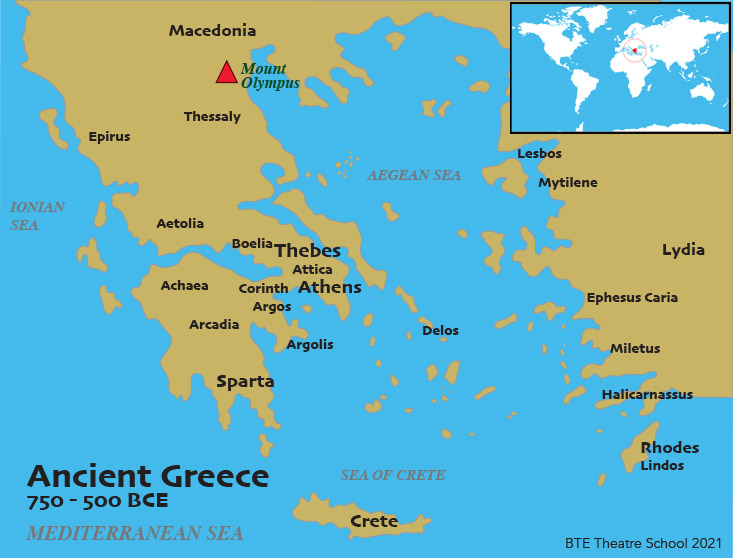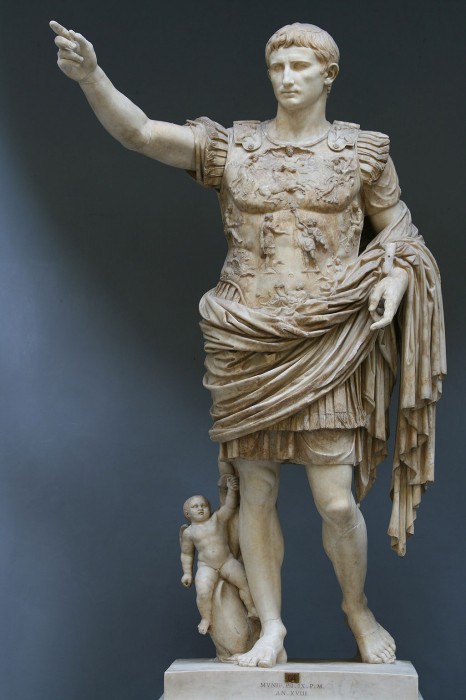You have 3 free guides left 😟
Unlock your guidesUnit 2 Overview: Ancient Mediterranean, 3500-300 BCE
5 min read•june 18, 2024
Laurie Accede
Charly Castillo
Laurie Accede
Charly Castillo
The ancient Mediterranean is home to some of the most renowned artworks and historical sites of all time, like the and the . The people of this area also developed new artistic techniques that are still used in modern artwork. So, buckle up because this unit is gonna be a fun dive into everything ancient Mediterranean!
🚨Reminder 🚨 Similar to the previous unit, since these works were made so long ago, we don't know exactly when each was created, so the dates below are approximations. Remember, you don't need to know the exact years for all the works on the AP Art History exam, just a general idea of when they were made and the artistic movement (or location for earlier ones)!
The Near East (3500 BCE–300 CE)
In the area surrounding the Tigris and Euphrates Rivers was a fertile river valley called (present-day Turkey, Syria, Iraq, Iran, and small parts of Kuwait, Saudi Arabia, and Lebanon). This region was home to the world's first civilizations, marking a shift from the hunter-gatherer lifestyle to the rise of settlements. This region was composed of , which are cities that have their own governments and operate as independent states, and the society was stratified (organized into different social classes). In comparison to the previous communities in Unit 1, Mesopotamia was less egalitarian (equal). The people of this region also practiced , a type of religion where followers believe in multiple gods. These two themes of class and religion are evident in a lot of the architecture and sculptures of this region.
Furthermore, the invention of writing marked the beginning of written history. , the first form of writing, was developed by Sumerian merchants in order to account for taxes. It was later used to write down laws and stories, helping art historians, develop more context about artwork, and further deepening our understanding of these forms.

Map of the Tigris and Euphrates Rivers and its surrounding areas. Image Courtesy of Wikipedia
Egypt (3000–30 BCE)
is one of the more commonly known civilizations in this unit. It began as a divided society, until King Narmer unified upper and lower Egypt, forming the Old Kingdom. Egyptian dynasties are divided into different kingdoms; the earlier dynasties are known as the Old Kingdom. After Egypt faced another period of internal feuds, it was then unified again, forming the . The subsequent kingdom was known as the New Kingdom, a period of magnificence and arguably the height of Egyptian Art. Within the New Kingdom was the Amarna Period, which marked a change in Egyptian artistic style as Pharaoh Akhenaton sought to transform the traditional polytheistic religion, into a monotheistic religion (only worshipping one god). Nevertheless, ancient Egyptian art is characterized by the use of , symbolism, and highly stylized figures. Hieroglyphics (ancient Egyptian writing system) decorate many works and provide more context about the artworks purpose, who is pictured, and what that person accomplished during their lives. Most of the artwork was used to convey religion, centering around the worship of the . Egyptian works of art generally depicted gods and , and there was a strong emphasis on the afterlife. This was exemplified by the pyramids, which were massive monuments built as tombs to ensure the prosperity and survival of the Pharaoh in the afterlife.

Greece (900–30 BCE)
Ancient was divided into city-states, similar to that of civilizations in the Near East. It is known for its democracy, military power, and most notably, its art. Ancient Greek art is divided into four main periods: the , the , the , and the .
The Geometric period (900-700 BCE) is characterized by simple, geometric shapes on pottery. The Archaic period (700-500 BCE) was the first period in Greek sculpture. It saw the emergence of more naturalistic forms in art, such as the (a statue of a standing male youth) and the (a statue of a standing female). Archaic sculptures are characterized by the . The Classical period (400-200 BCE) and Hellenistic Period (200-30 BCE) are both considered the height of ancient Greek art. During this time, Greek sculptors mastered the art of creating realistic human figures. They used a technique known was , which was invented by Greek mathematician and sculptor, , who displayed it in Doryphoros, or Spear Bearer. Contrapposto allowed these sculptures to appear natural and free-standing. Hellenistic sculptures differentiated from Classical sculptures because of their greater emotional expression.
Finally, within Greek architecture, there were three main forms: Doric, Ionic, and Corinthian. Doric is the oldest Greek order. It is characterized by its simplicity. The next order, Ionic, is known for its decorative scrolls, and the Corinthian order is the most ornate of the three orders, detailed with .

Etruria (900-270 BCE)
The Etruscans were predecessors to the Romans. Similar to the Greeks, is highly detailed. Their sculptures were primarily made from bronze and depicted human figures. Most of the art, such as the paintings made from (pigments/paint applied to wet plaster), were found in tombs. The most important detail related to this civilization is their influence on Roman art.
Rome (750 BCE -350 CE)
Ancient was a powerful civilization that existed in Italy and other parts of Europe. Rome has had a significant impact on the development of Western civilization, and the former cultural center of Europe, has a rich art history.
Roman art was greatly influenced by the other civilizations. For instance, similar to the Greeks, the Romans were known for their sculptures that depicted gods, emperors, and other important figures. These sculptures also contained elements of realism, except the Romans developed a specific technique known as veristic sculptures, which included an incredible amount of detail, even to the smallest wrinkle (see head of Roman patrician). Influenced by the , the Romans made fresco paintings, which decorated private homes and buildings. The Romans were also known for their , which are pieces of glass put together to form art. Lastly, ancient Rome saw great engineering projects that lead to impressive architectural achievements. This included innovations in technology, such as the invention of and (channels connected cities and assisted with the movement of water).

Roman Emperor Augustus of Primaporta. Image Courtesy of https://arthistoryteachingresources.org/lessons/ancient-roman-art/ .
And that's it for Unit 2. Hopefully, this guide will come in handy as you go through the AP Art History course. Happy studying, art historians! 🎉
© 2024 Fiveable Inc. All rights reserved.
AP® and SAT® are trademarks registered by the College Board, which is not affiliated with, and does not endorse this website.
